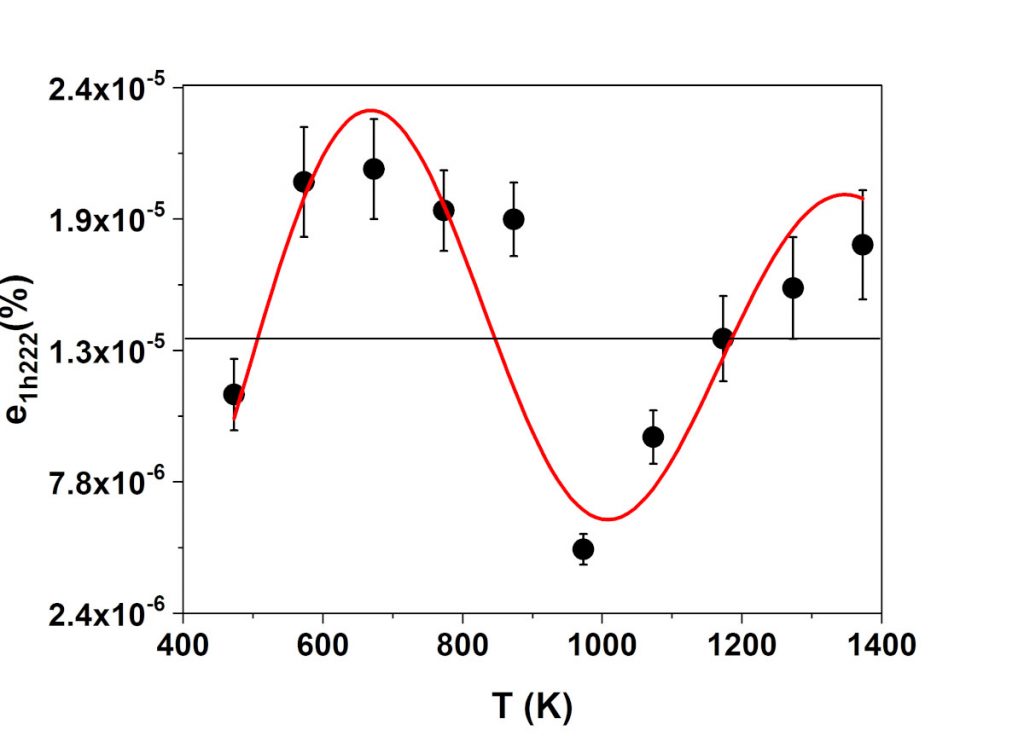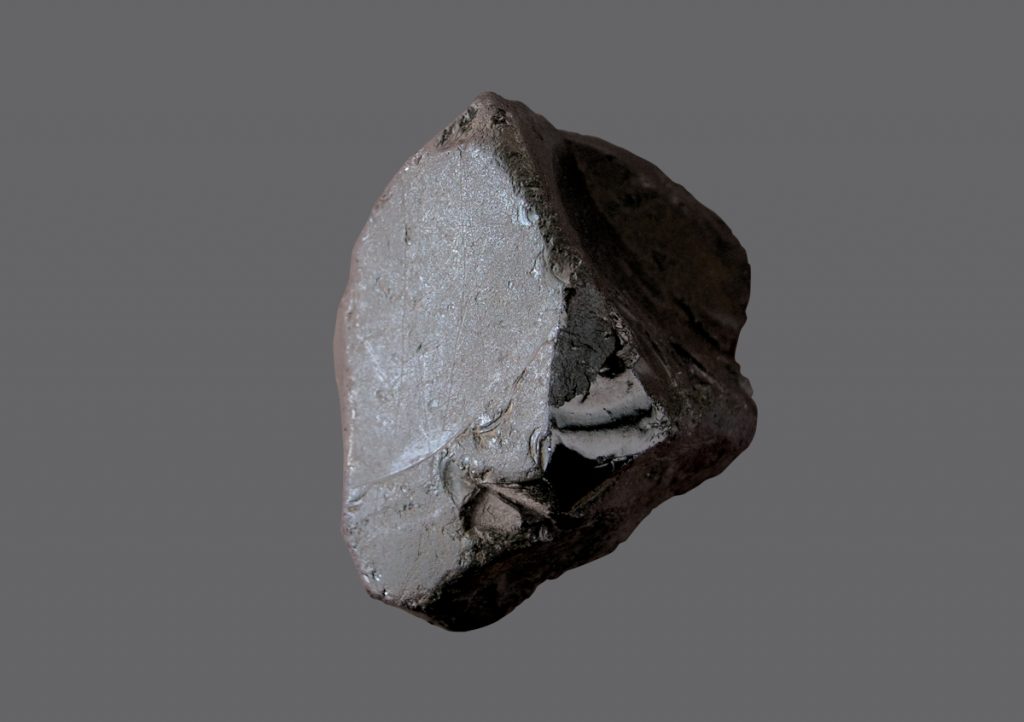The May issue of the prestigious American Mineralogist published an article by the researchers of the Institute of Earth Sciences, University of Silesia, Dariusz Malczewski and Maria Dziurowicz: “222Rn and 220Rn emanations from powdered samples of samarskite as a function of annealing temperature”
The article presents the results of study on the emanation of 222Rn and 220Rn radon isotopes from powdered samples of completely metamict samarskite (REE, Y, Fe3+, U) (Nb, Ta)5O4 from Centennial Cone granite pegmatites (USA) annealed from 473 K (200 oC) to 1373 K (1100 oC). Samarskite is one of the most complex minerals and its crystallographic structure is still under discussion. One of the more interesting properties of this mineral is that due to radiation damage from 238U and 232Th decay series, the samarskite specimens are always found in metamict (amorphous) state. Inert atmosphere annealing is necessary to restore this mineral to a crystalline state. The results presented in the paper clearly indicate that the radon emanation coefficients change noticeably and regularly with the annealing temperature during the transition from the low-temperature phase to the high-temperature phase of samarskite. This is the first documented observation of this type of phenomenon in the literature. A similar effect should be observed for other metamict minerals recrystallizing through intermediate phases. An important result of the presented research is an observation that the annealed samarskite samples from Centennial Cone are characterized by very low radon emanations, in the order of 10-5%. The result indicates that samarskite structure behaves as a closed system for radon retention despite a huge number of internally absorbed radioactive decays. Previous results reported in the literature for minerals with high uranium concentrations showed radon emanation coefficients of 12-15% that was not confirmed in this study. The results obtained can be important to estimate radiation hazards related to radon emanations from materials with high uranium and thorium content.
Malczewski, M. Dziurowicz (2020). 222Rn and 220Rn emanations from powdered samples of samarskite as a function of annealing temperature. American Mineralogist, Volume 105, pages 708–715.







